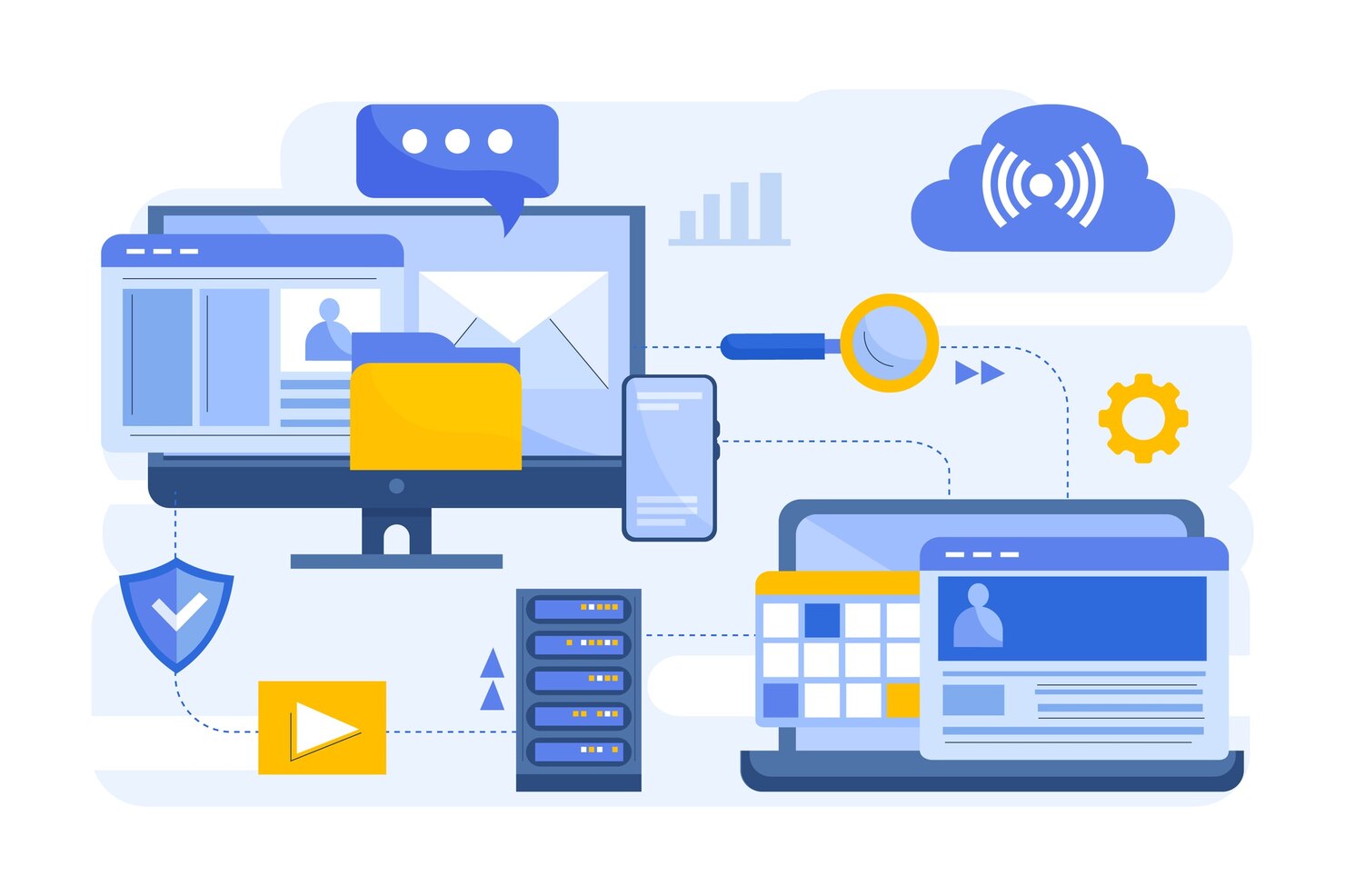
Have you heard the term Middleware? Do you know how to adapt it to your type of business? This blog aims to answer all your questions about this vital solution.
What is Middleware?
Middleware is a facilitator software that enables different applications to communicate with each other. It acts as a hidden translator between various elements, supporting multiple kinds of architecture.

Benefits of Middleware
Implementing Middleware in your organization can significantly enhance your operational efficiency. Here are some specific benefits:
- Greater robustness
- Improved performance
- Cost savings
- Easy access to information
- Scalability
- Enhanced security
- Seamless integration
Middleware serves as a centralized platform, allowing you to update information without having to navigate multiple systems to achieve the same objective. It eliminates the dependency on specific technologies and minimizes the need for end users to possess extensive knowledge in system administration.

Simplifying Access to Information
By providing a simple platform for your employees, Middleware reduces the complexity of accessing information, thereby improving collaboration through real-time data.
For example, if your company manages multiple systems that store similar information—such as customer profiles, past purchases, or email communications—Middleware functions as a communication channel.
Imagine a scenario where a client calls to inquire about their outstanding balance and the date of their last payment. With Middleware, the responsible agent can quickly access and request information from various systems, receiving accurate responses without delay or errors.
Additionally, if you have a data update system integrated with Middleware, the agent can easily access client information and automatically update any new data, further streamlining your operations.

